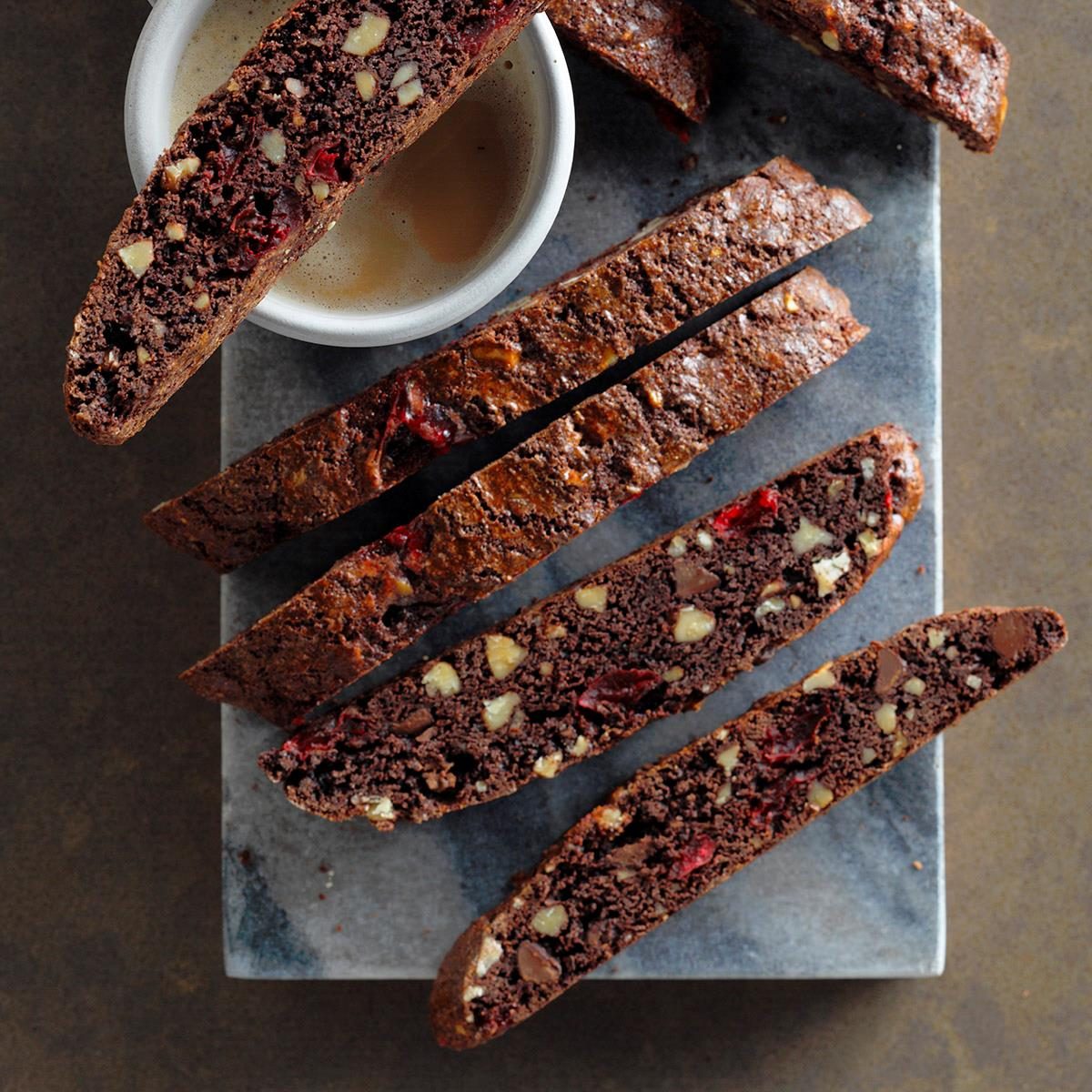You’re at the store or scrolling through your favorite grocery app looking for ingredients for your favorite chocolate dessert and you see cocoa powder and Dutch-processed cocoa powder. Dutch-process sounds fancy, but is it really what you need? Find out what the differences between these two cocoas are and when you should be using them.
First, What Is Cocoa Powder?
Cocoa powder—whether Dutch-processed or otherwise, is dried and pulverized cocoa solids. It’s naturally unsweetened, so recipes that use cocoa powder will also call for sugar to get the taste you’re looking for.
How Is Dutch-Processed Cocoa Different?
Natural cocoa powder is untreated, so it maintains its light brown color and is slightly acidic, with a pH between five and six.
Dutch-processed cocoa powder (also referred to as Dutched chocolate, European-style or alkalized) is made from beans that have been washed with an alkaline solution that neutralizes that natural acidity and raises their pH to closer to seven.
The process gives the powder a darker color and a smoother, softer flavor. Dutch cocoa is also not quite as chocolaty as natural cocoa. It’s milder overall (but still tasty).
How to Use Dutch-Processed Cocoa in Baking

While you might think that cocoa and Dutch cocoa might be interchangeable, we caution you not to make this substitution (at least not
Leavening agents like baking soda require acid to generate the reaction that gives bakes like cakes, cookies and quick bread their rise. If there’s no acid in the recipe, the baking soda won’t work. In many cocoa-based recipes, cocoa powder (that’s the natural stuff), provides the acid the soda needs. However, if you substitute in Dutch cocoa, you might not get the bubbling and lift you need.
If your recipe calls for baking powder or includes an acidic ingredient like yogurt, sour cream or buttermilk, feel free to sub in Dutch-processed cocoa for a smoother flavor.
And if the recipe you’re using doesn’t use any leavening agents at all (frosting or fudge sauce or even these chocolate biscotti for example), Dutch-process cocoa powder and natural cocoa powder are interchangeable.
How to Shop for Cocoa Powder
If you’re looking for a go-to cocoa powder for general baking, our look for a container labeled unsweetened, natural or 100% cacao. Our Test Kitchen uses Hershey’s. For Dutch-process cocoa, look for Dutch, Dutch-processed, European or alkalized.
There is a third option in cocoa powders as well: a combination of natural and Dutch cocoa. These blends are versatile and give you the smoothness of a European cocoa with the acidity that many recipes require.
Serious bakers might want to keep both Dutch and natural cocoas in their cupboard. And no need to rush to use them up—cocoa powder has a long shelf life. Check out how long other baking staples last and invest in the best containers for storing them.
The post What’s the Difference Between Cocoa and Dutch-Processed Cocoa? appeared first on Taste of Home.
source https://www.tasteofhome.com/article/dutch-process-cocoa/




0 Response to "What’s the Difference Between Cocoa and Dutch-Processed Cocoa?"
Post a Comment